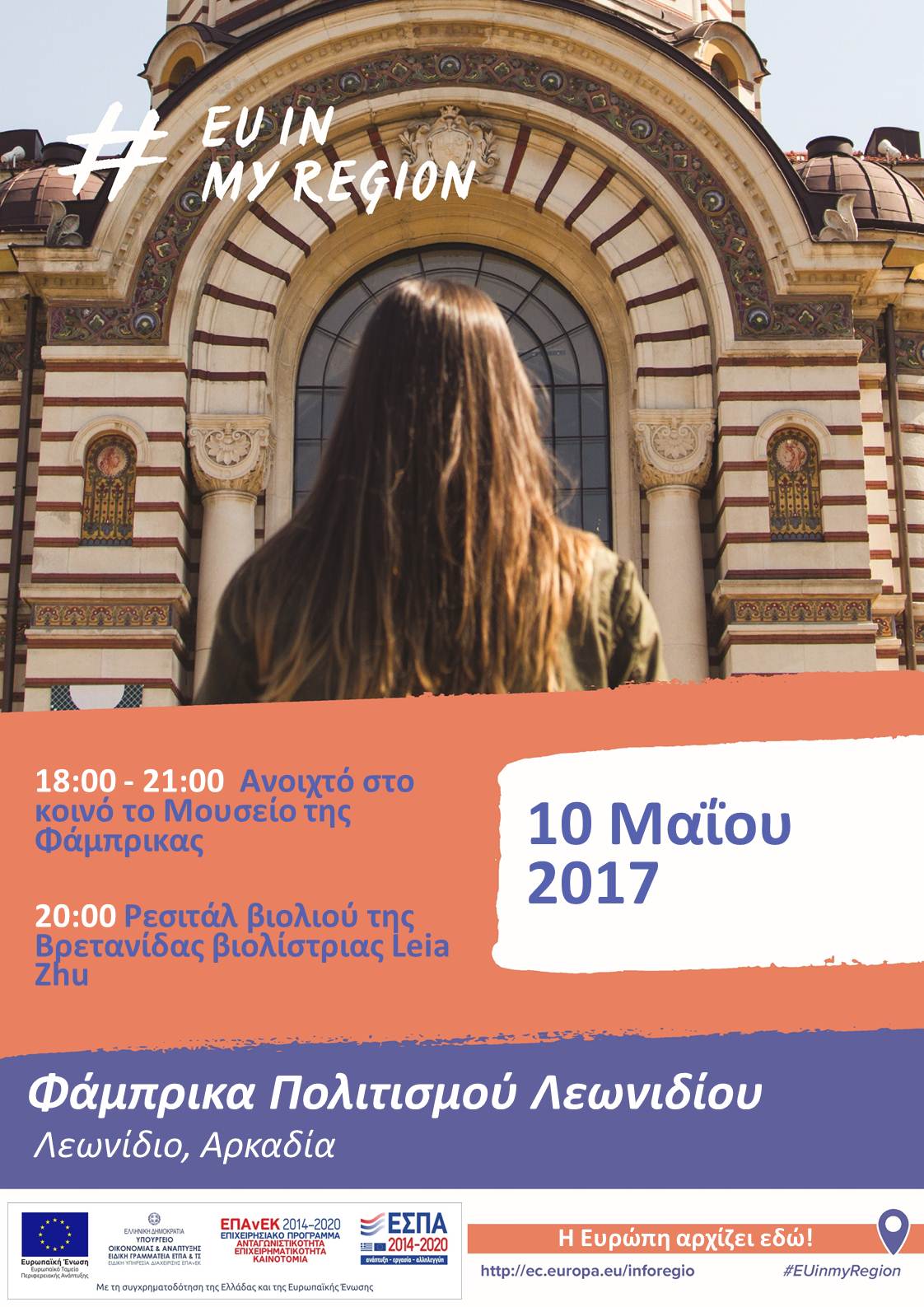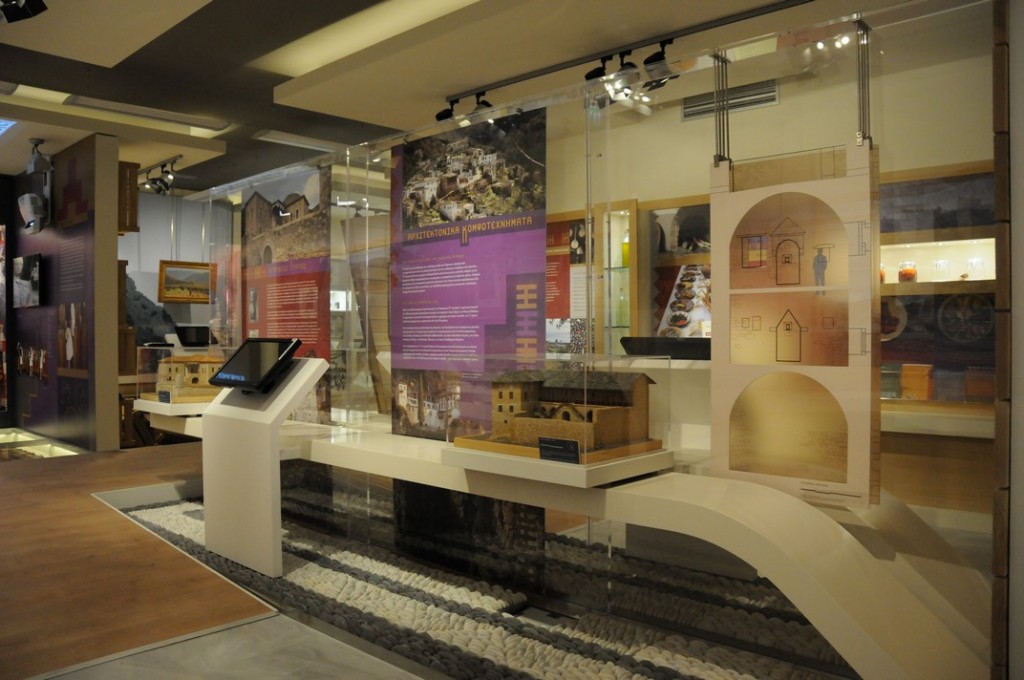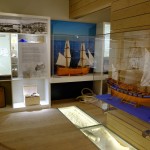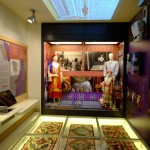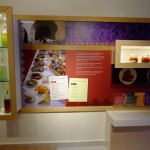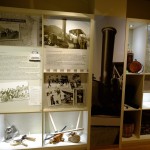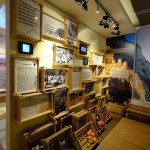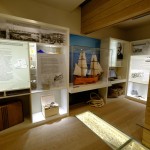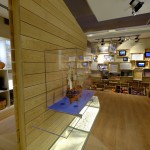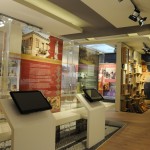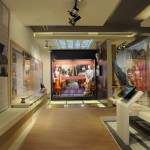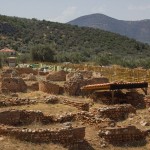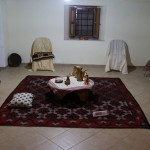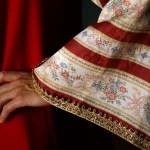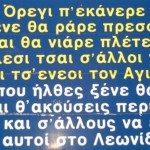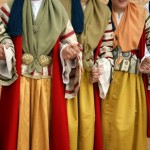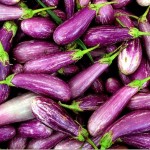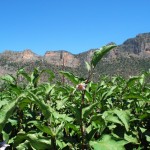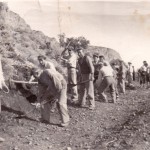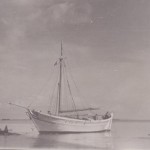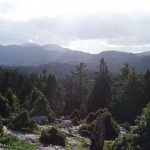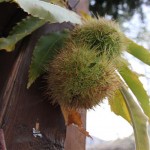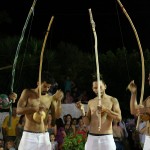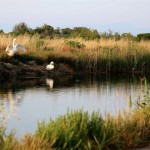Under the framework of the European campaign “Europe in my region 2017”, Fabbrica of Culture due to co-financing of the ERDF and specifically The Operational Programme (OP) “Competitiveness and Entrepreneurship” , will participate at this year’s Open Days.
The campaign’s goal is to disseminate the results of co-funded projects, to promote EU assistance and to encourage the public to get acquainted with these projects.
Following the above, the Municipality of South Kynouria,within its spring cultural events, will host the 10 year-old internationally-acclaimed British violinist Leia Zhu at Fabbrica Of Culture . The concert will begin at 20:00, however, themultiplex will be open to public from 18:00 to 21:00.
The event will be an excellent opportunity for music lovers – and not only – to enjoy a unique recitals by the talented artist who has been described rightfully as a miracle kid!
Information about the project and the event can be found here.

